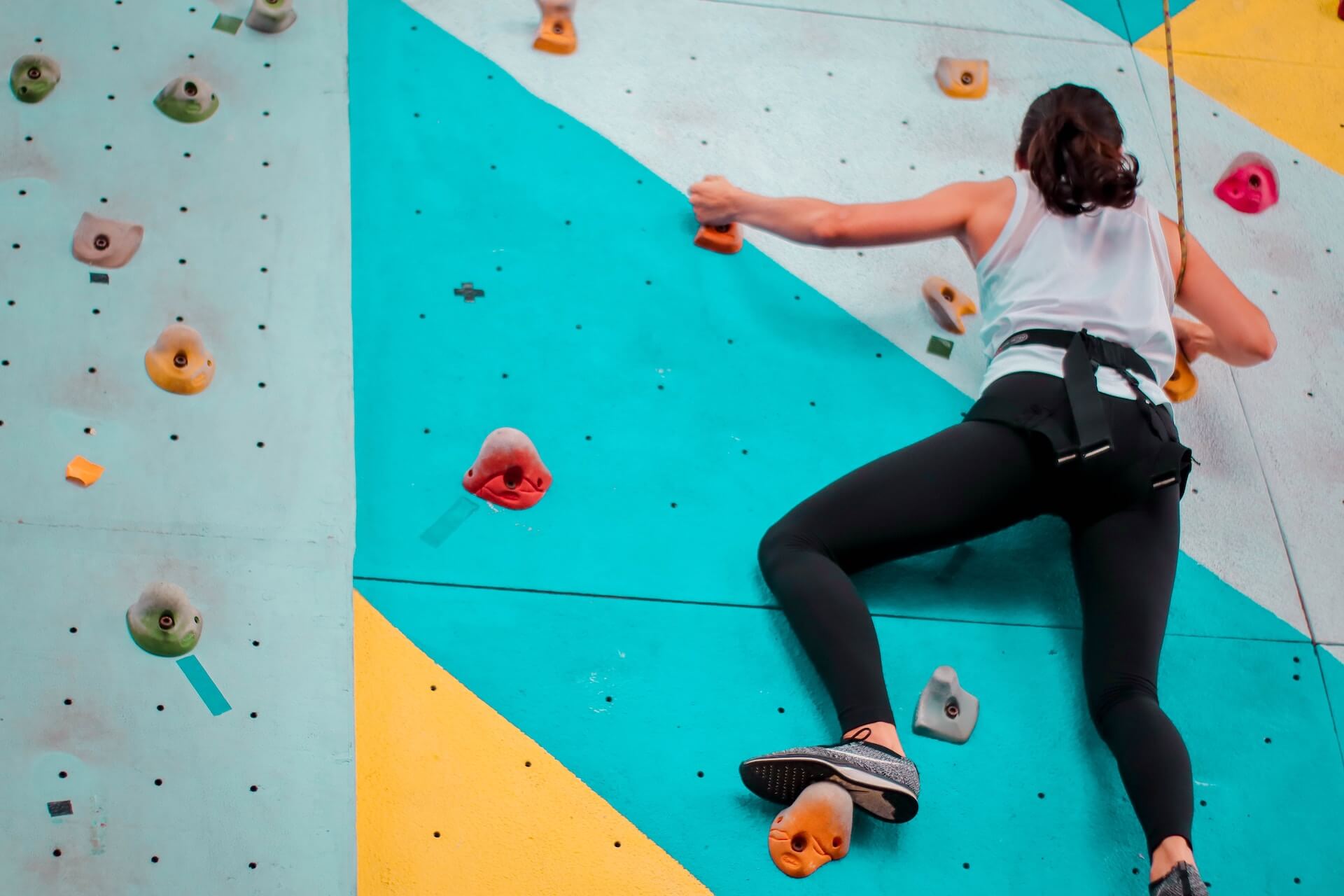A strong grip is important for athletes, sportspeople, and those looking to improve their health and well-being. Grip strength is a usual measure of overall muscle strength (or weakness), reflecting overall health, fitness, and coordination, which can be improved with the help of training and hand exercise squeeze tools. The hands can be viewed as neck, shoulders, and spine extensions. A firm grip reflects posture, fine motor control, cardiovascular health, and body confidence.
The forearms and muscles in your hands play an essential role in performing daily activities, from opening jars to carrying grocery items, and having a strong grip can make these everyday activities super fast and more effortless. This blog will discuss the surprising benefits of developing a solid grip.

6 Benefits of Strong Grip Strength
Grip strength can indicate lower extremity strength (including leg, knee, and ankle), offering insight into mobility, balance, and overall postural proficiency.
Below, we touch on six benefits of muscular grip strength:
1. Improved Quality of Life
Developing a solid grip enhances performance in exercises like the farmer’s carry and rope climbs and has practical benefits in our daily lives. Have you ever struggled to open a tightly sealed jar, feeling as though the strength of the Hulk secured the lid? Given the association between grip strength and overall muscular strength, it plays a vital role in loosening tight lids, changing a tire, painting your house, and even putting on your shoes.
This becomes particularly crucial as we age, as a 2015 study indicates that grip strength can predict “decline in cognition, mobility, functional status, and mortality in older community-dwelling populations.”
2. Lower Mortality Risk
While a robust grip won’t grant immortality, it could contribute to an extended lifespan. A 2015 study examined the connection between grip strength and potential health advantages, such as a reduced mortality risk. This relationship is attributed to the link between grip strength and bone density, cardiovascular health, and overall well-being.
The study revealed that grip strength exhibited an “inverse association with all-cause mortality,” with each five-kilogram decrease in grip strength correlating to a 17 percent increase in mortality risk.
3. Reduce Risk of Cardiovascular Disease
Maintaining a robust and healthy heart is crucial for a prolonged life, and regular exercise can enhance heart function while reducing the risk of cardiovascular disease. Findings from a study involving the measurement of 140,000 individuals from diverse backgrounds indicate that individuals with weak grip strength are more likely to experience cardiovascular death when diagnosed with cardiovascular diseases. Remarkably, this association remained consistent across different age groups and genders.
4. Improved Bone Density
The tension exerted by muscles on bones is recognized to stimulate bone growth. Hand grip strength is linked to improved bone mineral density, and it is noted that overall muscle strength serves as a more reliable indicator of bone density than muscle mass alone.
5. Linked with Better Cognitive Function in Aging
The correlation between physical fitness, cardiovascular health, and cognition suggests that hand grip strength could indicate age-related cognitive decline and associated conditions. Numerous reviews have established a connection between higher hand grip scores and improved cognitive abilities among older adults. Parameters of cognition assessed include overall cognitive function, short and long-term memory, language proficiency, and concentration span.
Additionally, people with stronger grip strengths may exhibit a lower risk of developing dementia, as observed in smaller-scale studies. Beyond cognitive health, diminished hand grip strength might also indicate depressive symptoms, irrespective of health status, age, or gender.
6. Enhanced Posture and Balance
Hand strength is correlated with muscle strength and overall athletic prowess. In a 2017 study, 50 athletes and 50 sedentary adults aged 18-25 were recruited, and their grip strength was compared. The findings revealed that athletes, including tennis players, baseball players, basketball players, rock climbers, and others, exhibited superior grip strength.
Following this theory, increased muscle strength, commonly observed in athletes compared to inactive individuals, is associated with enhanced grip strength, potentially leading to improved performance in sports.
A more robust grip proves advantageous in sports like tennis and baseball, where it can withstand greater force upon impact with a racket or bat. Basketball players can achieve better control over their dribbling, and rock climbers may sustain extended climbing periods and grip smaller surfaces more effectively.
The Bottom Line
Often overlooked, grip strength is a crucial element that, once diminished, can have consequences within and beyond the gym. It is an indispensable component in achieving strength, so rather than neglecting it, embrace it and cultivate resilience.
Some of the grip strength training, such as pull-ups, dead hanging, and hand exercise squeeze tools, can help to improve overall well-being, transcending the realms of fitness to encompass a broader spectrum of health and vitality.



